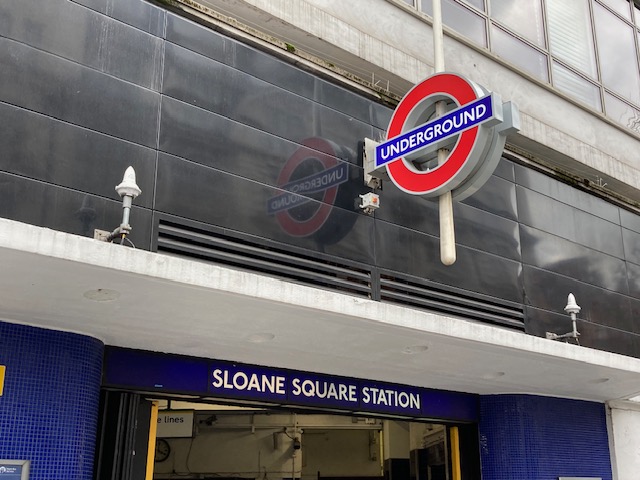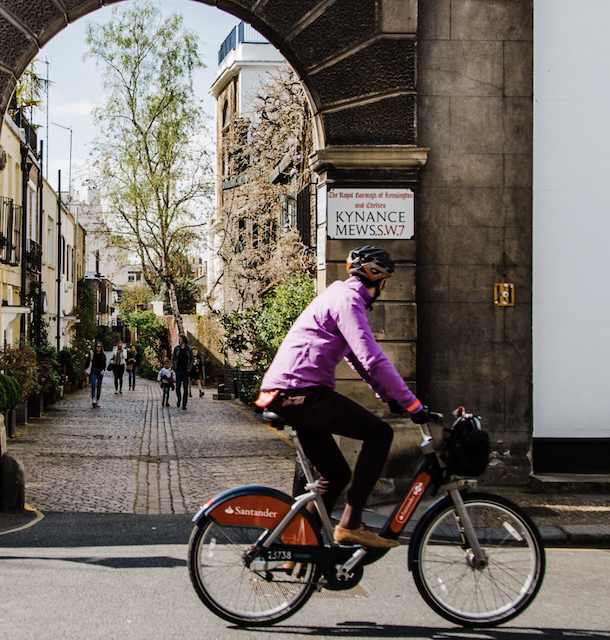Post
Chelsea, Sir Hans Sloane, the British Museum and the slavery connection
2 Jul 2024
Come on our WALK | Chelsea - from farmland to great estate
Join Dr Stephen King as we look at how Chelsea has changed from Tudor manor houses to the red brick mansion blocks of the Cadogan Estate. Dr King explores the relationship between Chelsea and one of its most influential characters.
Sir Hans Sloane is the great enlightenment figure whose presence is felt in Chelsea to this day: Sloane Square, Sloane Street and Hans Town are all named after him. A renowned physician, serving three consecutive monarchs, he was also president of the Royal Society and inventor of drinking chocolate (a recipe later sold to Cadbury’s).
Sir Hans Sloane was an amazing individual. Over his 92 years, (1660–1753) he amassed a personal collection of artefacts that formed the basis of the British Museum’s collection. He shaped what we think of today as a museum, and his collection also plays an important part in the Natural History Museum and the British Library’s collection.
Check out our rundown of upcoming events
On his death, Sloane’s collection included 32,000 coins and medals, 50,000 books and manuscripts. A vast collection of plant and animal remains, thousands of ancient objects from across the world as well as 2,098 objects referenced as “miscellaneous things”.
He also bought the manor of Chelsea and his name is still stands proud (think of Sloane Square) and his ancestors still own a large part of this bit of London. His daughter married a Cadogan, and with her came the estate, which all these centuries later the Cadogans still own (think of Cadogan Square).
But Sir Hans had a dark secret. Well, not quite a secret as it was always out in the open, but no-one ever spoke about it. In 1687 the ambitious young doctor sailed for Jamaica, accompanying the colony's new governor, the Duke of Albemarle, to be his personal physician. The hard-drinking Duke, who sailed to Jamaica seeking to make his fortune from plundering sunken Spanish treasure ships, was dead within two years.
As a doctor on slave plantations, Sloane treated not only the Duke, but also the plantation owners and also the enslaved individuals shipped from Africa to work on the plantations. His treatment to these individuals was very much based on preserving the owners’ valuable assets, rather than treating them as individuals. Sloane saw, and wrote about, slavery with all its barbarity first hand. Sloane spoke of himself as a planter, the 18th-century euphemism for slave owner.
Come on our WALK | Chelsea - from farmland to great estate
Sloane returns to London where he marries the widow Elizabeth Langley Rose, heiress to Jamaica sugar plantations worked by enslaved people. As at the time women had few property rights, until her death, Sloane personally benefits from the income of those plantations, which helps him amass his collection, but also pays for the purchase of Chelsea. How much of his huge fortune came via slavery is hard to gauge, he also made a lot of money via being a very successful physician, but it would have run into many millions in today’s money.
He was gifted a whip made from the skin of a manatee used to beat slaves with, which was part of his museum. He was also once gifted a young black man, who came to live in his Chelsea home, although apparently that did not go well. Sloane was an early advocate of inoculation against smallpox, including for those enslaved individuals about to endure the deadly middle passage from Africa across the Atlantic.
If you want to find out more about Sloane, his collecting and his links to slavery, James Delbourgo excellent book Collecting the World is highly recommend.


